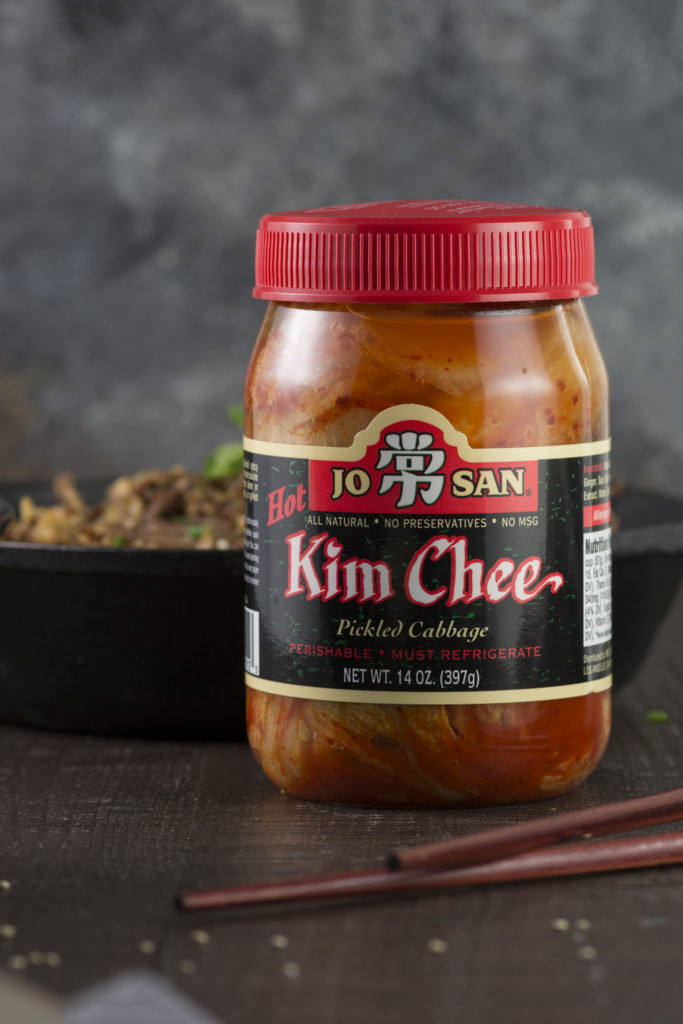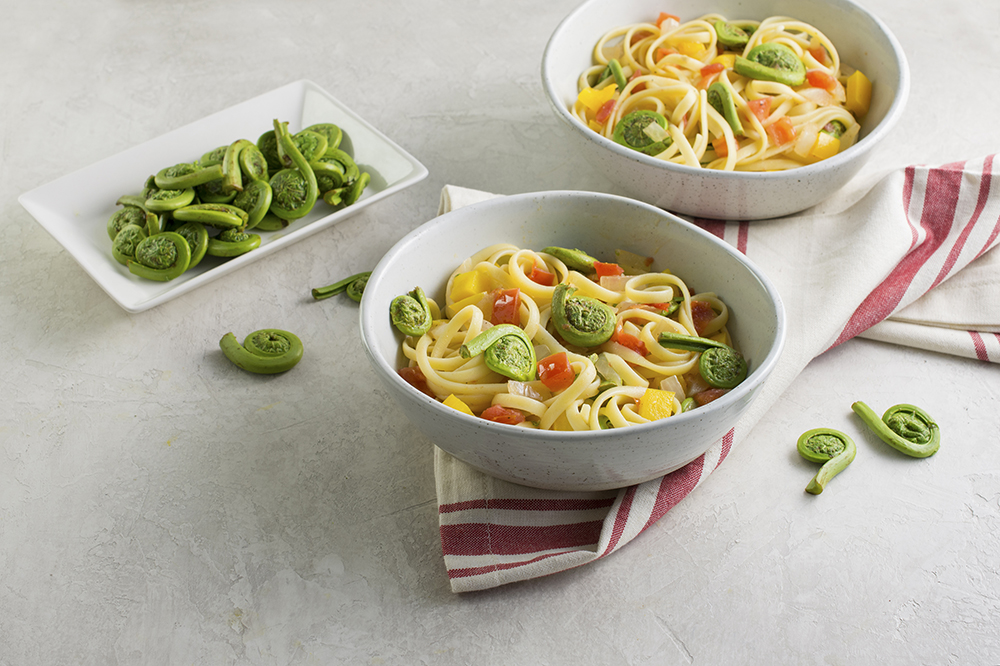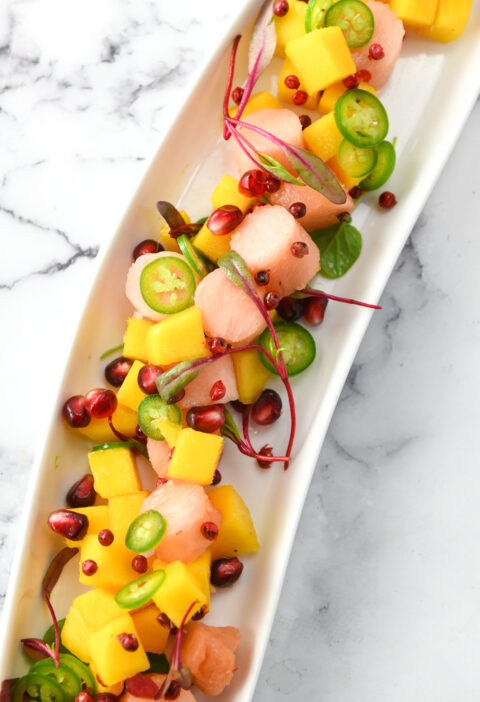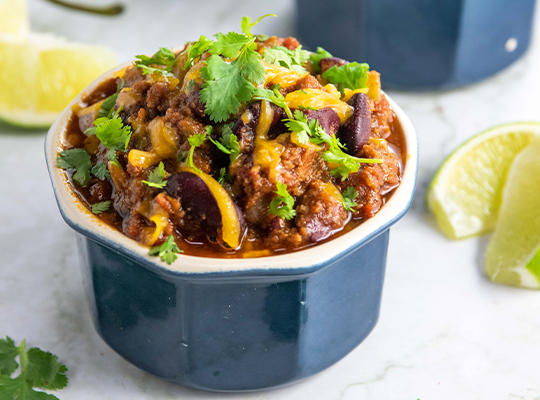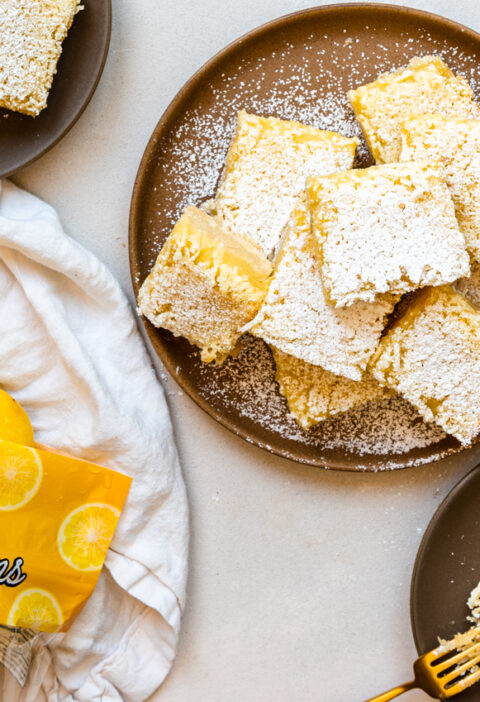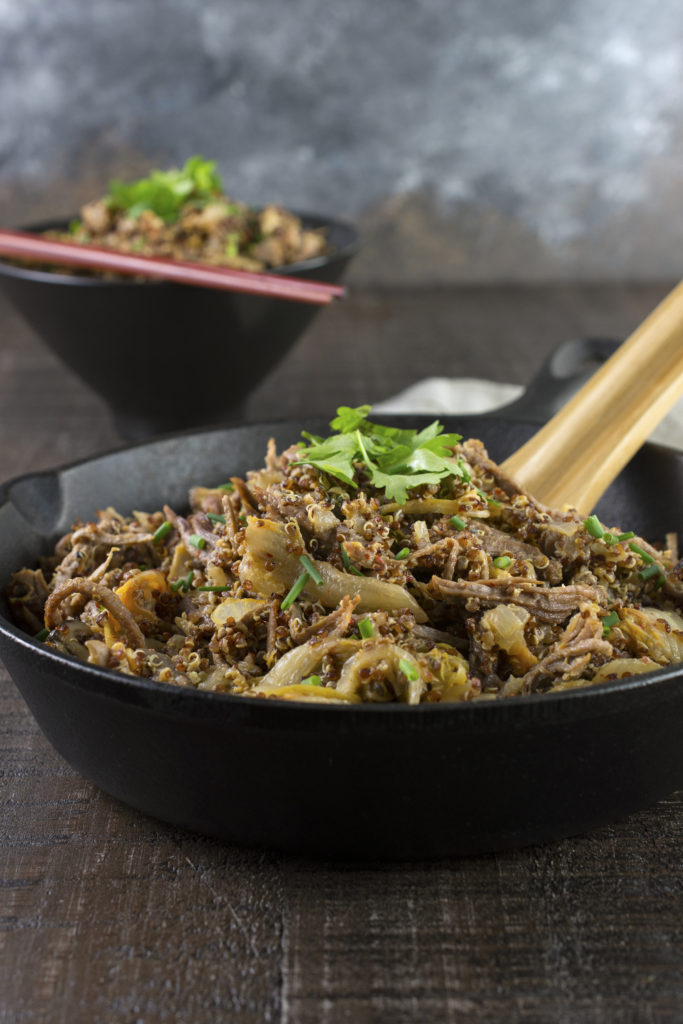
Rice. It’s a staple in millions of pantries around the world and many of those kitchens have a rice cooker prominently displayed on the counter, perpetually plugged in and filled with warm, steaming rice. Why? It’s cheap, easily accessible, filling, incredibly versatile and very well-loved.
Bokkeum-bap, Chahan, Chao fan, Khao phat, nasi goreng – no matter what language, fried rice is the quintessential, universal way to use up leftovers, including rice.
In Korea, Bokkeum-bap is the generic term for fried rice and can include an unlimited variety of seasonings as well as leftovers ingredients. Shredded pork, chicken, stir-fried vegetables and the national treasure, Kim Chi are all common adds. In fact, the predominant ingredient added to a fried rice dish in Korea is often added in front of the words Bokkeum-bap (fried rice) and Kim Chi Bokkeum-bap is a top choice throughout Korea, A spicy pickle made of shredded cabbage, Kim Chi usually has a dab or two of fish sauce added to create that addictive umami flavor. And since umami is such a prized flavor throughout Asia, wait for it…..Spam is a beloved ingredient in Korean fried rice and is very often added to Kim Chi Fried Rice.
Chāhan is the Japanese name for fried rice. Similar to the Korean style, Chahan includes freshly cooked or leftover white rice as well as onion, garlic, vegetables, mushrooms, tofu, meat and/or seafood. A scrambled egg is sometimes added.
In Indonesia, Nasi goreng is the name of their prized fried rice and it is often considered their national dish. Similar to the Korean and Japanese versions, Nasi goreng also integrates many indigenous flavoring ingredients such as shallots, kecap mani (a sweet soy sauce), shrimp paste and tamarind, along with chicken and/or seafood.
As this is November, and Thanksgiving is renowned for being an American food holiday with abundant leftovers, I decided to create a dish with a different way to use up your leftover turkey this year instead of making soup, sandwiches or pot pies.
My version of Kimchi-bokkeum-bap includes Kim Chi of course, but I also add shredded leftover roast turkey and fried eggs. Oh, and I also decided to use quinoa instead of rice. This is not only because I love quinoa – it’s also a great protein source and I just happened to have some leftover cooked quinoa in the fridge. You can use leftover rice if you prefer, and like all of the versions above, this is a very forgiving recipe and you can swap out seasonings, veggies and protein to your liking.
Enjoy and I hope this becomes a new holiday leftover tradition at your house.
